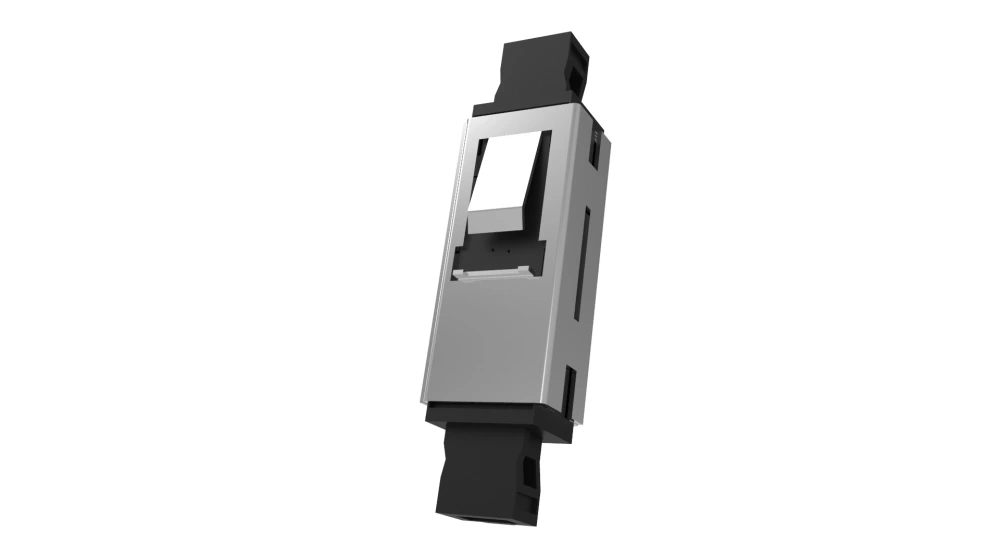Processing Method and Types of Optical Fiber Connectors

Optical fiber connectors play a crucial role in ensuring seamless connectivity in the field of telecommunications. These connectors not only facilitate quick and reliable data transmission but also ensure signal integrity. The processing method of the optical fiber end face is an important consideration when choosing the right connector for a specific application. This article aims to provide a comprehensive overview of the different types of optical fiber connectors that can be divided based on the processing method of the optical fiber end face.
1. Physical Contact (PC) Connectors
Physical Contact (PC) connectors are one of the most commonly used types of optical fiber connectors. The end faces of these connectors are typically polished with a slight curvature, allowing them to make direct physical contact with each other. This direct contact ensures precise alignment of the optical fibers, resulting in low insertion loss and minimal back-reflection.
Examples of PC connectors include the popular ST (straight tip) connector and the FC (ferrule connector). These connectors are widely used in applications that require high-quality optical transmission, such as data centers, telecommunication networks, and cable TV.
2. Ultra Physical Contact (UPC) Connectors
Ultra Physical Contact (UPC) connectors are an improved version of PC connectors. The polishing process for UPC connectors involves a finer abrasion, resulting in an even smoother and more precise end face. This enhanced polishing technique reduces the amount of back-reflection and provides better return loss performance.
UPC connectors are commonly used in applications that require a highly reliable and low-loss optical connection, such as fiber-to-the-home (FTTH) installations and high-speed data transmission systems. The popular SC (subscriber connector) and the LC (local connector) are examples of UPC connectors.
3. Angled Physical Contact (APC) Connectors
Angled Physical Contact (APC) connectors are designed with a small, angled end face. This angled surface causes the reflected light to be redirected away from the source, resulting in even lower reflectance and back-reflection compared to PC and UPC connectors.
APC connectors find extensive use in applications that demand excellent optical performance, for example, digital CATV, fiber-to-the-antenna (FTTA), and wavelength-division multiplexing (WDM) systems. The most common APC connectors are the SC/APC and the FC/APC connectors.
Conclusion
The processing method of the optical fiber end face is a crucial factor in determining the performance and reliability of optical fiber connectors. The three main types of connectors discussed in this article - Physical Contact (PC), Ultra Physical Contact (UPC), and Angled Physical Contact (APC) connectors - offer different levels of precision and optical performance.
PC connectors provide reliable alignment and are suitable for most applications. UPC connectors offer even better performance with reduced return loss. APC connectors, with their angled end face, provide the highest level of optical performance with minimal back-reflection. Choosing the right connector based on the specific requirements of an application ensures efficient and reliable fiber optic connectivity.



